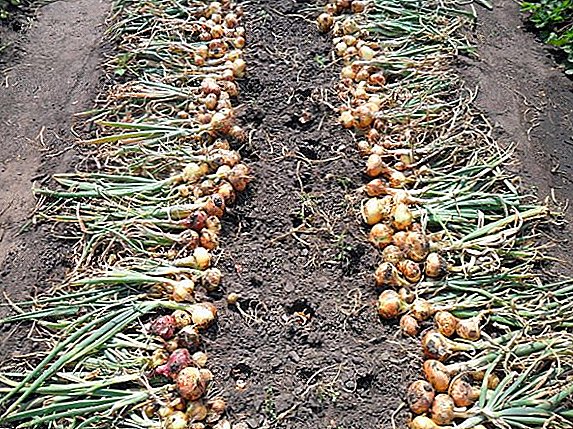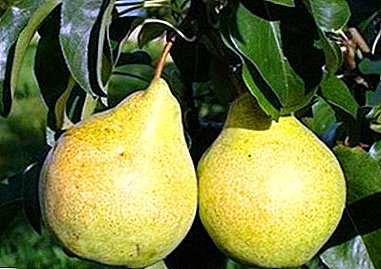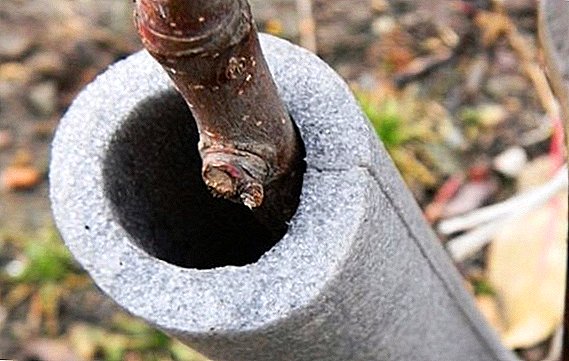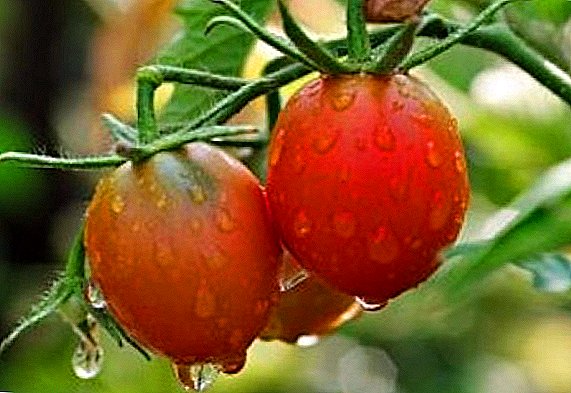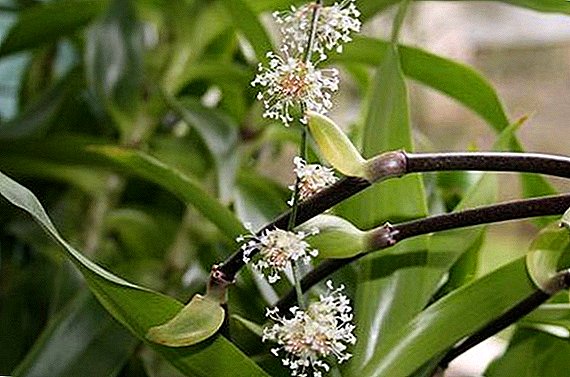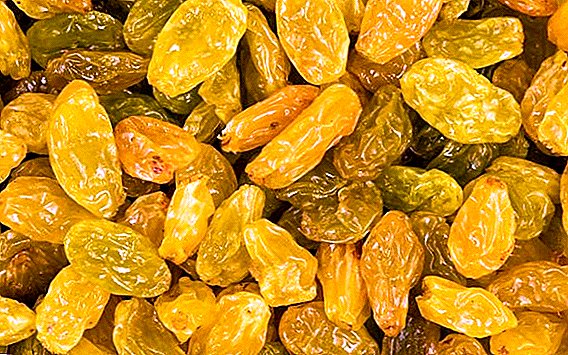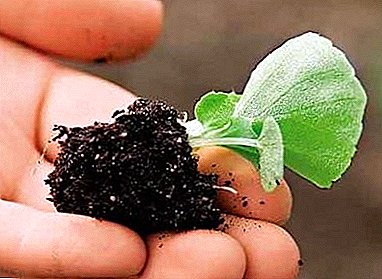
Begonias are beautiful and elegant indoor plants. Landing is carried out in the spring, choosing a ceramic or earthenware. Sometimes adult green spaces grow all their lives without transplants. Most actively used rejuvenation and grafting.
How to plant begonia?
When planting at home this representative flora roots cleaned of lumps of soil. At the same time, touching the root system itself is prohibited, as it can be easily damaged. The lower part of the prepared container is filled with drainage. Well fit broken brick, pebbles or expanded clay. In order to prevent the root system from rotting, a 3-cm layer of charcoal is needed. On drainage and coal 2 cm thick layer of soil. The ornamental shrub is installed in the center of the tank. The free edges of the pot are filled with soil. Since the root system is not exceeds 20 centimeters, the flower can be planted in wide containers of several pieces each. In this case, the indent between them should be not less than 8-10 centimeters. After planting next to the flower set supporting rod. It will help green pets grow vertically. Then they are plentifully watered with settled water and placed in a warm, well-lit room.
The composition of the earth and soil for begonias

Nutritional soil is bought in specialized stores or prepared independently. Coarse-grained sea sand and leafy soil are mixed in equal proportions.
Add humus and moistened peat to the mixture. You can add sod or coniferous land. It is necessary to monitor the level of acidity in the soil. Optimum acidity can vary from 5.5 to 6.5 pH.
When planting can not be allowed to peat fell on the root system. Otherwise, the ornamental tree will receive severe burns and subsequently die.
Proper selection of capacity
For planting at home to prepare very large containers is not advisable. It is important to know that the root planting system does not penetrate far into the soil. Pot diameter should be 4-5 centimeters larger than the diameter of the roots. In pots "with a margin" A pet will take a long time to root. For a long time, such flowers do not grow, suffer from waterlogging and bloom much later. It is necessary to use a well-resistant wide ceramic or earthenware.
Suitable time of year
Planting planting is carried out in the spring time not earlier than March. At this time, stable illumination and the duration of daylight are established, which are necessary for the good development and rooting of the tree. If the planting is done in autumn or winter, the plant may not have time to "take root". Planting without a stable daylight affects poor growth, disease, and poor flowering. It is not recommended to plant during flowering.
Transfer

How to transplant begonia at home? No matter how nutritious the soil is, it is advisable to change it periodically. With prolonged use, the earth is depleted. When transplanting the bushes are given the necessary conditions for continued growth.
When choosing a larger pot diameter, the root system has more space, and therefore, improves breathability. The main feature for transplantation is peeping the roots out of the drainage holes.
Left hand cover the ground, turn the right container with a flower over and gently strike the bottom of the pot. If the root system is covered with an earthen sunlight sucker, be sure to transplant it. If not, you need to return it to its place. Earth lump well shake off. Drainage is poured into the tank, then a layer of charcoal and substrate.
Pet is installed in the center of the tank, the gaps of which are filled with earth. Soil can not be tamped, because it requires good breathability. From the edge of the container leave 2-3 centimeters. Representative flora watered and put on a permanent place in a warm room. Before the next watering should pass not less than 6-7 days.
Transplant features
Young flowers transplant procedure is well tolerated. Transplant spend once every three months as you grow. After the process, they are abundantly watered and put on a permanent place. Over time, the young grows a large number of fragile leaves. Therefore, it is becoming increasingly difficult to perform a painless transplant. Some subspecies of this category have a lifespan of can reach up to 12 years. But on average, experienced gardeners do not transplant plants, reducing the life of flowers to 3 years. Sometimes adult bushes grow all their lives without transfers. Most actively used rejuvenation by dividing the root system and grafting. With such procedures, it is necessary to have several copies of flowers, since the rhizome may be infected with diseases. During the rejuvenation procedure, landscaping is kept in a neat form, since it can easily lose its decorative effect.
Time of year for transplant
Transplantation is done in the spring after a period of rest. If transplant to produce in summer or autumn - the flower may not have enough light, heat, stable humidity of the air to strengthen the root system. Plants do not tolerate transplanting in winter.
Systematic care
After planting or transplanting pots put on the tray. Plantings do not like rearrangement from place to place. They need to allocate a warm bright room without winds, drafts. They can grow in partial shade. Flowers do not like direct sunlight. In this case, the stems will burn, the leaves will begin to turn black and crumble. Watering should not be regular. Shrubs enough water once a week. Temperature in room should not exceed 25 ° C, and fall below 15 ° C. Green pets need year-round humid air. Therefore, the young itself or the air next to it is sprayed with water from a spray bottle. After flowering wilted flowers must be removed. Green pets need a good feeding. Mineral fertilizers are applied to the soil every two weeks. You can use chicken dung, manure, orange peel, tea or coffee tea leaves.
Planting and transplanting this representative flora carried out in the spring after a period of rest. In order to avoid rotting of the root system in tanks it is necessary to use good drainage. Landscaping do not like rearrangement from place to place. For good growth you need to choose lighted warm ropes without drafts and direct sunlight.
A photo
Next you can see photos of planting, transplanting and caring for begonia at home:




Useful material
Below is a list of articles that may be of interest to you.
- Types of begonias:
- Evergreen begonia
- Red Begonia
- Begonia Elatio
- Begonia terry
- Begonia bower
- Coral Begonia
- Begonia meson
- Begonia Borschavikolistnaya
- Begonia Ampelnaya
- Cleopatra Begonia
- Royal Begonia
- Spotted Begonia
- Deciduous Begonia
- Begonia Vorotnykovaya
- Care Tips:
- All the subtleties of home care for Tuberous Begonia
- Wintering of the tuberous begonia
- Pruning Begonias
- Diseases and pests Begonias
- Wintering Garden Begonias
- Breeding Begonias
- Flowering Begonias
- Garden Begonia Care




